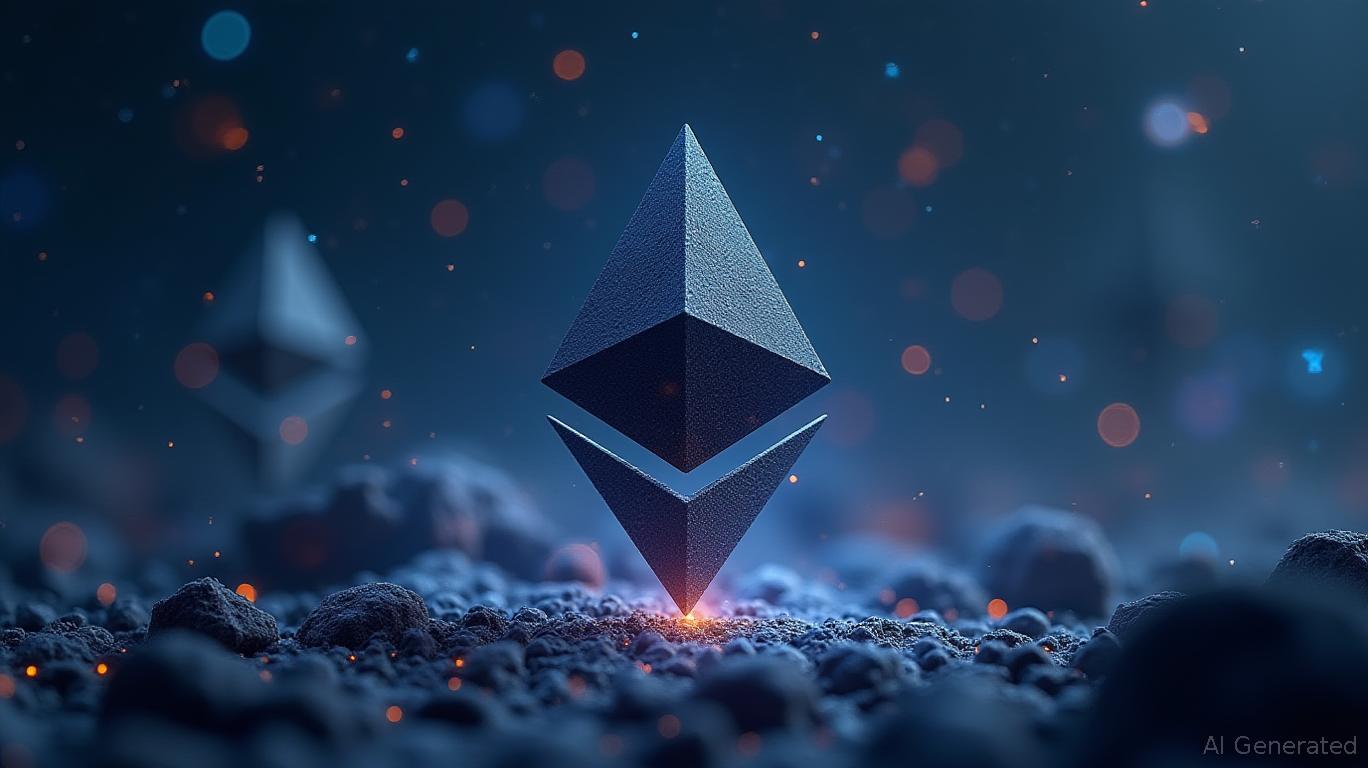AInvest Newsletter
Daily stocks & crypto headlines, free to your inbox
As decentralized finance (DeFi) continues to evolve and integrate with mainstream financial systems, the debate between
and has intensified. The core question revolves around the type of infrastructure that will underpin the future of finance. By 2025, this decision will be shaped by two competing architectural visions: Ethereum’s modular, decentralization-first stack and Solana’s high-performance, monolithic approach.Ethereum, often referred to as the bedrock of modern DeFi, is where secure, composable applications thrive. It is the preferred choice for institutional players seeking to tokenize assets with confidence. Ethereum’s dominance is evident, with over 55% of the total value locked (TVL) across major chains residing on its platform. Unlike Solana’s one-size-fits-all Layer 1, Ethereum has adopted a modular scaling approach. Layer 1 serves as the core foundation, while Layer 2s handle specific workloads, preserving decentralization while enabling scale. The rollout of Proto-Danksharding in early 2025 has significantly reduced Layer 2 transaction costs, further cementing Ethereum’s lead in modular architecture.
However, Ethereum’s reliance on Layer 2s introduces fragmentation. Some DeFi primitives need to live on Layer 1 for full composability, and while isolated applications can function on Layer 2s, these solutions often feel temporary. Truly integrated DeFi demands synchronous, on-chain composability, which works best when everything operates at the same base layer. Ethereum’s greatest strength lies in its uncompromising commitment to decentralization, making it one of the most politically neutral blockchains. This neutrality is crucial in an increasingly regulated environment. Speed and user experience can be optimized over time, but decentralization is a founding principle that, once compromised, is nearly impossible to restore.
Developer experience is another edge for Ethereum. Writing smart contracts on Ethereum is simpler than on Solana, enabling developers to produce secure, well-tested code. This maturity is part of the reason why Ethereum developers are comfortable making contracts immutable, with confidence in the security. Nearly every major DeFi innovation originated on Ethereum, with over 1,388 deployed protocols compared to Solana’s 232. When security, composability, and developer confidence align, the entire ecosystem benefits.
Solana, on the other hand, addresses the scaling challenge with a monolithic architecture that keeps everything on a single Layer 1. This offers tangible benefits such as extremely fast transactions, low fees, and a seamless user experience. Solana is capable of processing 3,000–4,000 transactions per second (TPS) today, with expectations of reaching over 1 million TPS through the upcoming Firedancer validator. However, this performance comes with trade-offs. Solana’s design includes a leader node that sequences transactions, introducing centralization risks. The network is distributed but not truly decentralized, a distinction that matters, especially for institutions prioritizing political neutrality and censorship resistance.
Despite Solana’s momentum, Ethereum remains the platform of choice for what is referred to as “serious money.” The core DeFi debate in 2025 centers on whether the sector should optimize for structural integrity or mass adoption. Chasing adoption without structural soundness is short-sighted. If protocols compromise on security or decentralization, regulators will inevitably impose the same constraints that burden traditional finance, losing the promise of DeFi. Institutional capital continues to favor Ethereum, and this preference is expected to hold. Neutrality and security must be built into the base layer from the start.
If DeFi is to outlast the hype cycles and form the backbone of a new global financial order, Ethereum offers the most robust path forward. It provides the best shot at building financial rails that are resilient, secure, and unco-optable. The choice between Ethereum and Solana will shape the architecture of tomorrow’s global financial systems, with decentralization potentially surpassing speed in DeFi’s next chapter.

Quickly understand the history and background of various well-known coins

Dec.02 2025

Dec.02 2025

Dec.02 2025

Dec.02 2025

Dec.02 2025
Daily stocks & crypto headlines, free to your inbox
Comments
No comments yet